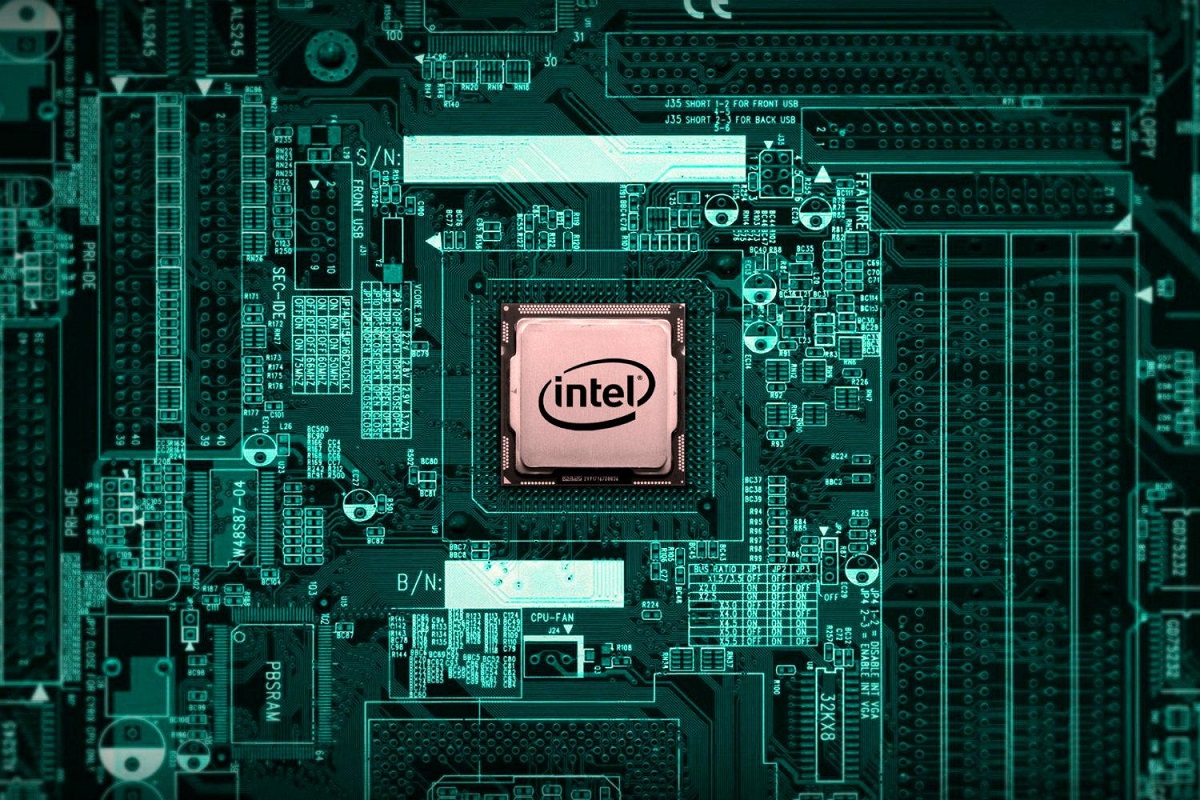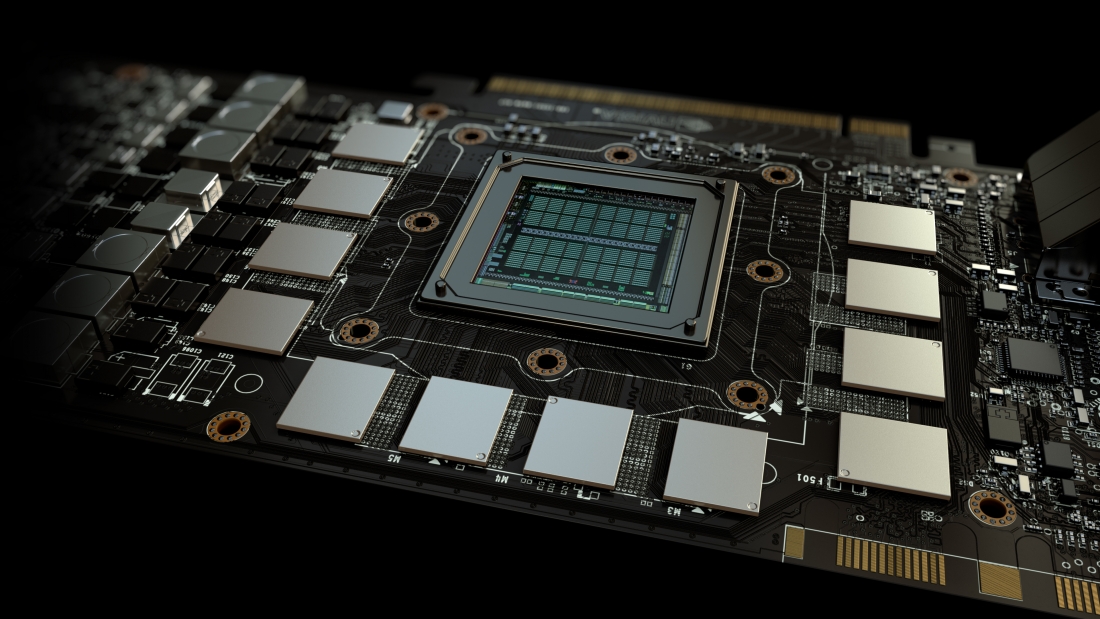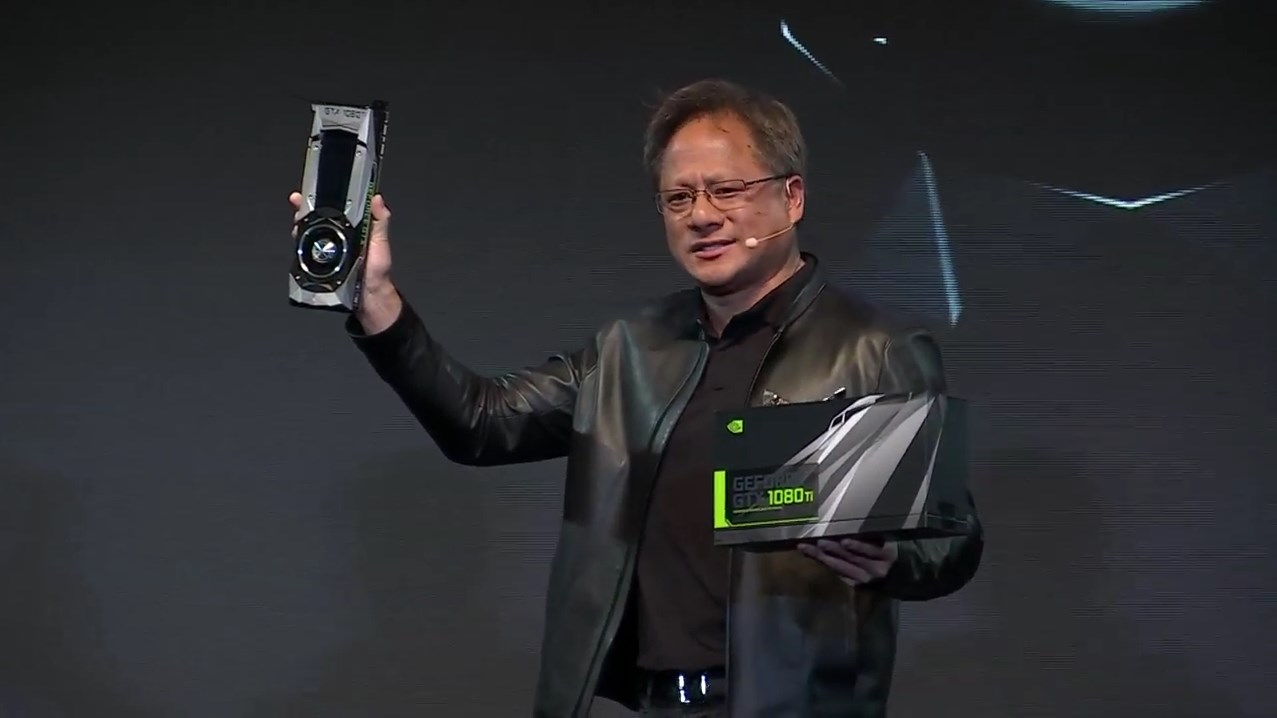The long debated issue of whether Moore’s Law is coming to an end / become obsolete has been fuelled once again by Nvidia’s CEO, Jen-Hsun Huang. At Nvidia’s recent GPU Technology Conference in Beijing, the company’s CEO stated that Moore’s Law is indeed going to “die” in the future.
Jen-Hsun Huang went on to boldly claim that GPUs are on track to replace CPUs in the future. This somehow makes sense because over the years, CPUs have seen only a minute increment in performance output (around 10% annually). Yes, CPUs are indeed being endowed with smaller process technology every year or two, but the transition doesn’t always translate to significant jumps in performance.

GPUs on the other hand, according to the Nvidia CEO, have seen tremendous advancements over the years, which makes them as perfect replacements for CPUs in the future. Most of us may – or may not – know of the fact that GPUs are indeed more capable and faster compared to CPUs when it comes to working on complex computational calculations and processing millions of random variables.
For those who aren’t aware, Moore’s Law is basically a “golden rule” of the semiconductor industry that’s created by Intel’s co-founder, Gordon Moore in 1965. The law basically outlines the advancements of transistors on integrated circuits in the future. Moore predicted that integrated circuits will feature double the amount of transistors every two years.

Intel, however, doesn’t believe that Moore’s Law is coming to an end anytime soon. In 2016, Intel’s CEO, Brian Krzanich, stated that “as we progress from 14nm technology to 10nm and plan for 7nm and 5nm and even beyond, our plans are proof that Moore’s Law is alive and well.” Regardless, either way you look at it, faster and more powerful “chips” are always good for consumers – so keep it up Intel and Nvidia.
(Source: SegmentNext, PC Gamer)
Follow us on Instagram, Facebook, Twitter or Telegram for more updates and breaking news.



